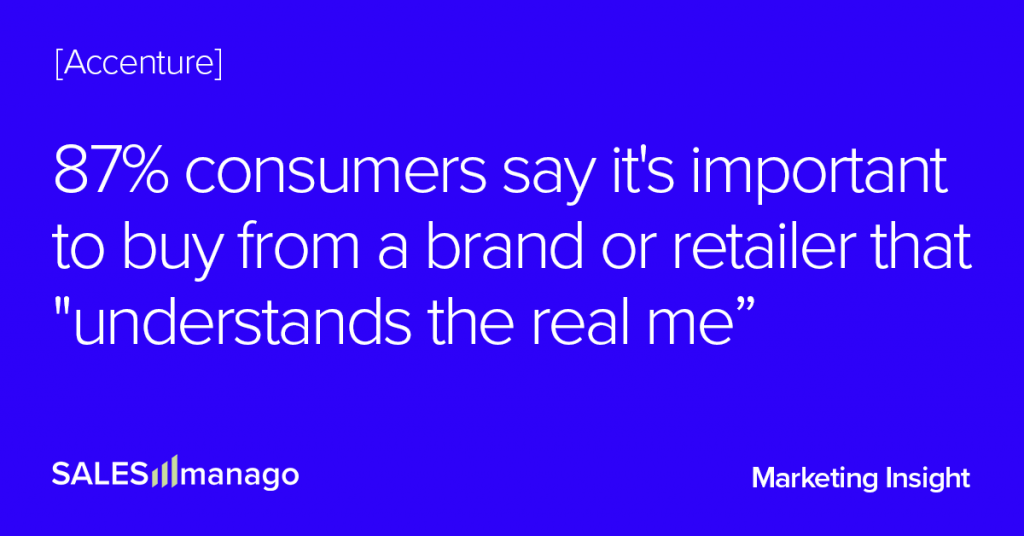
“There are decades where nothing happens; and there are weeks when decades happen” said Vladimir Ilyich Lenin and look what happened to eCommerce in the last 12 “COVID” months. According to McKinsey research 76% of consumers permanently changed their buying behaviors during the pandemic.
e-Commerce is now C-Commerce, a Collaborative, Consumer oriented with CX dominating over brands with new huge trends like D2C (direct-to-consumer) and C2M (consumer-to-manufacturer). Modern commerce is more about pull strategy than push strategy and to properly deal with that you need new customer data. No, not more customer data. E-tailers need new data, not third party data, not third party cookies.
You need the data and the consumer will provide the data if you have built a relationship based on trust. According to Accenture the proportion of consumers who said they are willing to share more information about themselves when brands are transparent rose to 73% while 87% consumers say it’s important to buy from a brand or retailer that “understands the real me.”
It is a true Revival of one-to-one Commerce. It’s a new space for Customer Data Platforms, Zero and First Party Data. So now, let’s have a look at the major myths that have arisen in the couple of years around CDPs.
Myth 1: CDPs are expensive and you need to own a bank to use them
Managing huge amounts of customer data is a great challenge. Limited access to top talent that can address the challenges of data management and infrastructure optimization makes most CDPs largely depend on third party solutions. Not cheap ones. And guess who is finally paying for this?
Tip: Find a CDP vendor that is capable of delivering a CDP based on a hybrid (own/third party) infrastructure that will not only cost you money but will also make you money
Myth 2: Making CDP data actionable across execution channels is easy as pie
Proper integration of customer data and AI recommendations into an existing, very often largely unintegrated stack of marketing solutions (email, web push, messaging, live chat, website recommendations) can be a really painful exercise. And it will take ages, if it ever actually does happen.
Tip: Look for a CDP with natively built and seamlessly integrated execution channels.
Myth 3: CDP implementation will require huge IT resources for months of engagement
We are not saying that a CDP can be implemented by monkeys because it does require IT resources to prepare the ground for marketers, but a CDP platform built with a proper understanding of a common framework for CMO & CTO value creation may make a huge difference.
Tip: Make sure your CDP vendor understands the idea of Low Technology Burden and will guarantee that the CMO and CTO will still hug each other after 2 month of CDP implementation. Ready made plugins to eCommerce platforms make a huge difference too.
Myth 4: CDPs are for large enterprise only
Obviously the leading CDP vendors are targeting large companies which creates a feeling that it’s a game only for the largest players. But the truth is that a CDP can be very effectively implemented at mid-size companies too and deliver great business results.
Tip: Look out for a CDP vendor that not only has mid-size companies in their “sweet spot” but offers a good time to value and pricing model accessible for smaller players with ability to pay more as you grow.
Myth 5: CDP is new to the market like Tik Tok
Well, we would say not exactly. Under the name Customer Data Platform, it may be seen as somewhat new as it was forged in 2013, but it is actually a collection of technologies known and used in other systems, combined and rebuilt into a packaged piece of software that we now call a CDP. But in our opinion a real predecessor of CDP was Jeff Johnson, known as the first ever employee of Nike, who in 1965 created the first Nike shop and in his notebook he kept detailed information about it’s customers. Information about runs they run, injuries, records etc.
Tip: Be like Jeff.
 Follow
Follow
















